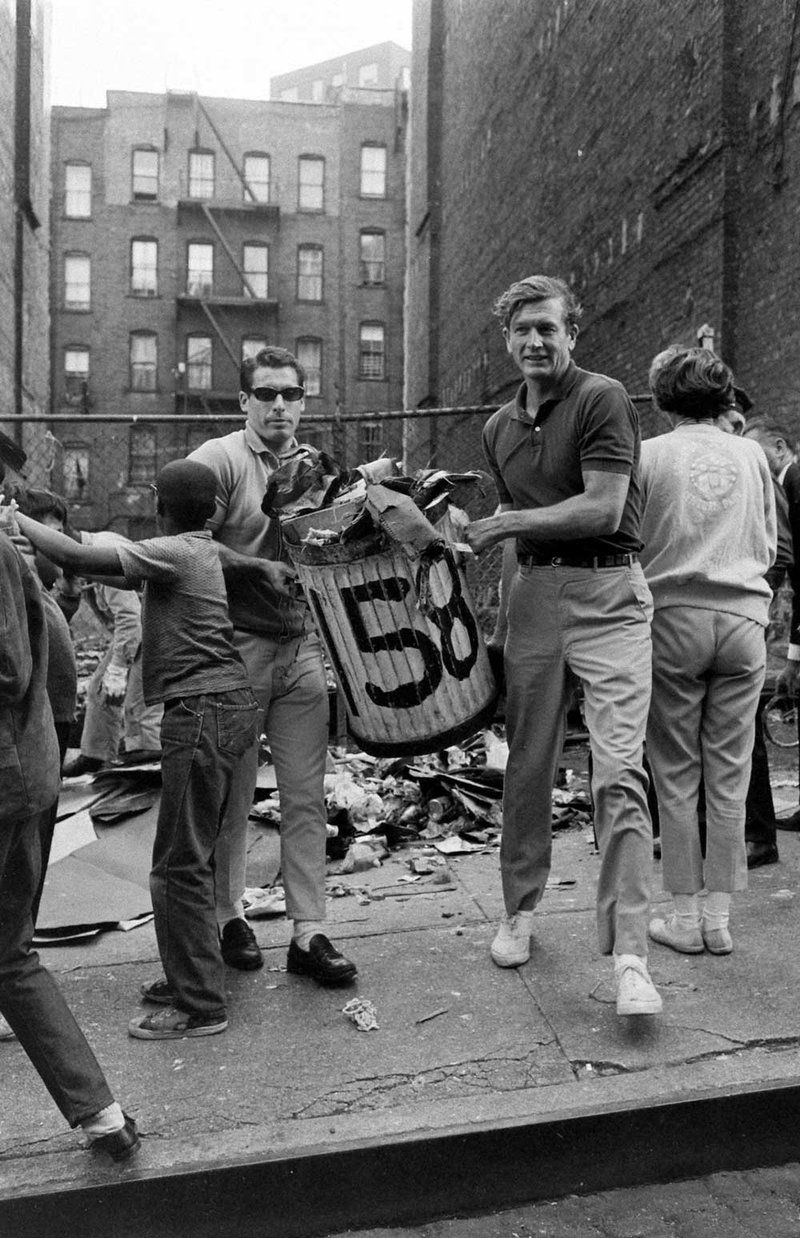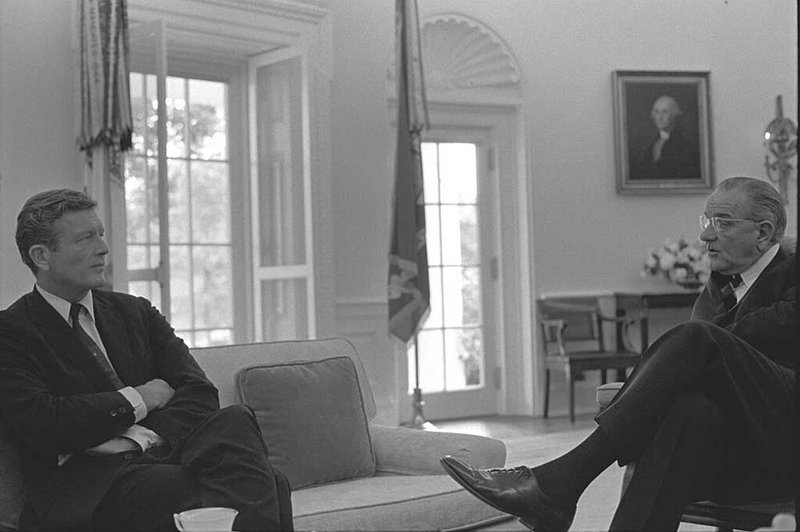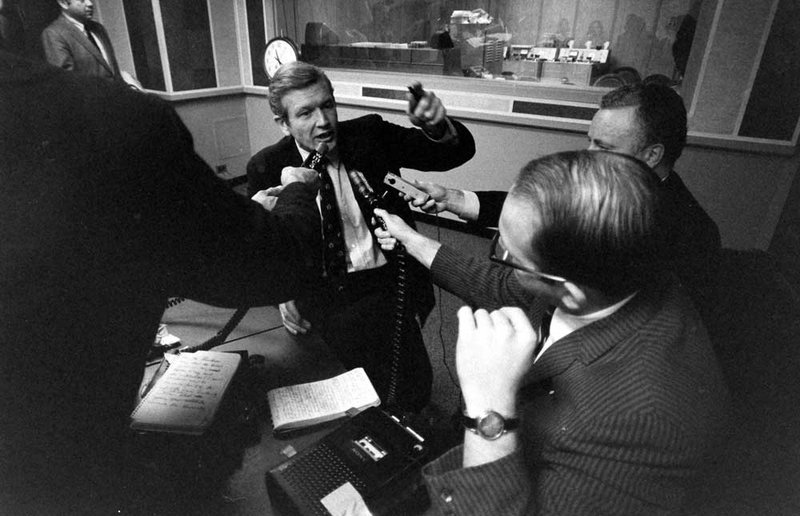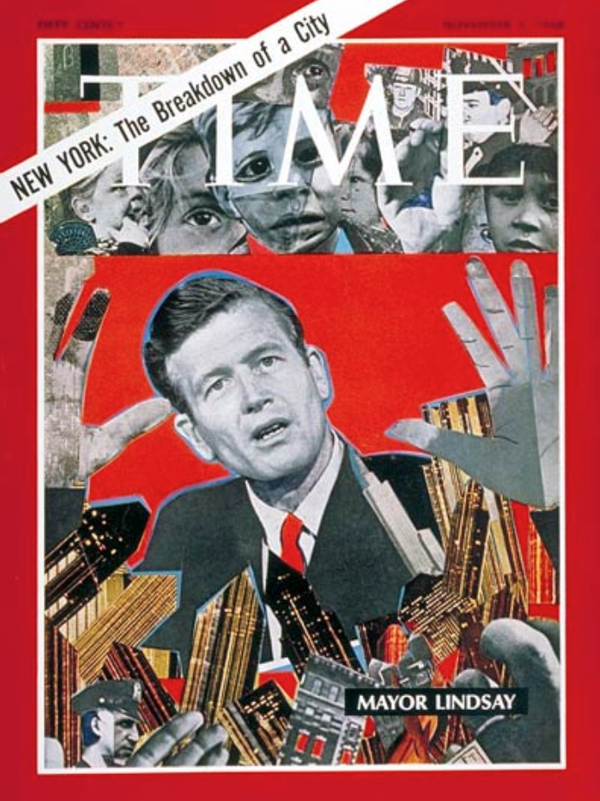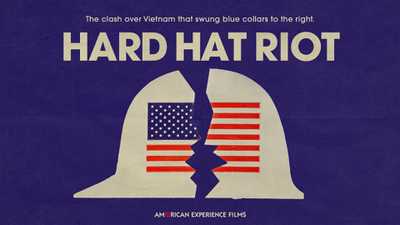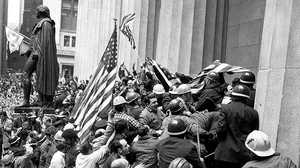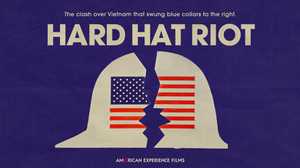The Rise and Fall of John Lindsay
Charisma, crisis, and the battle to lead New York through its most turbulent years
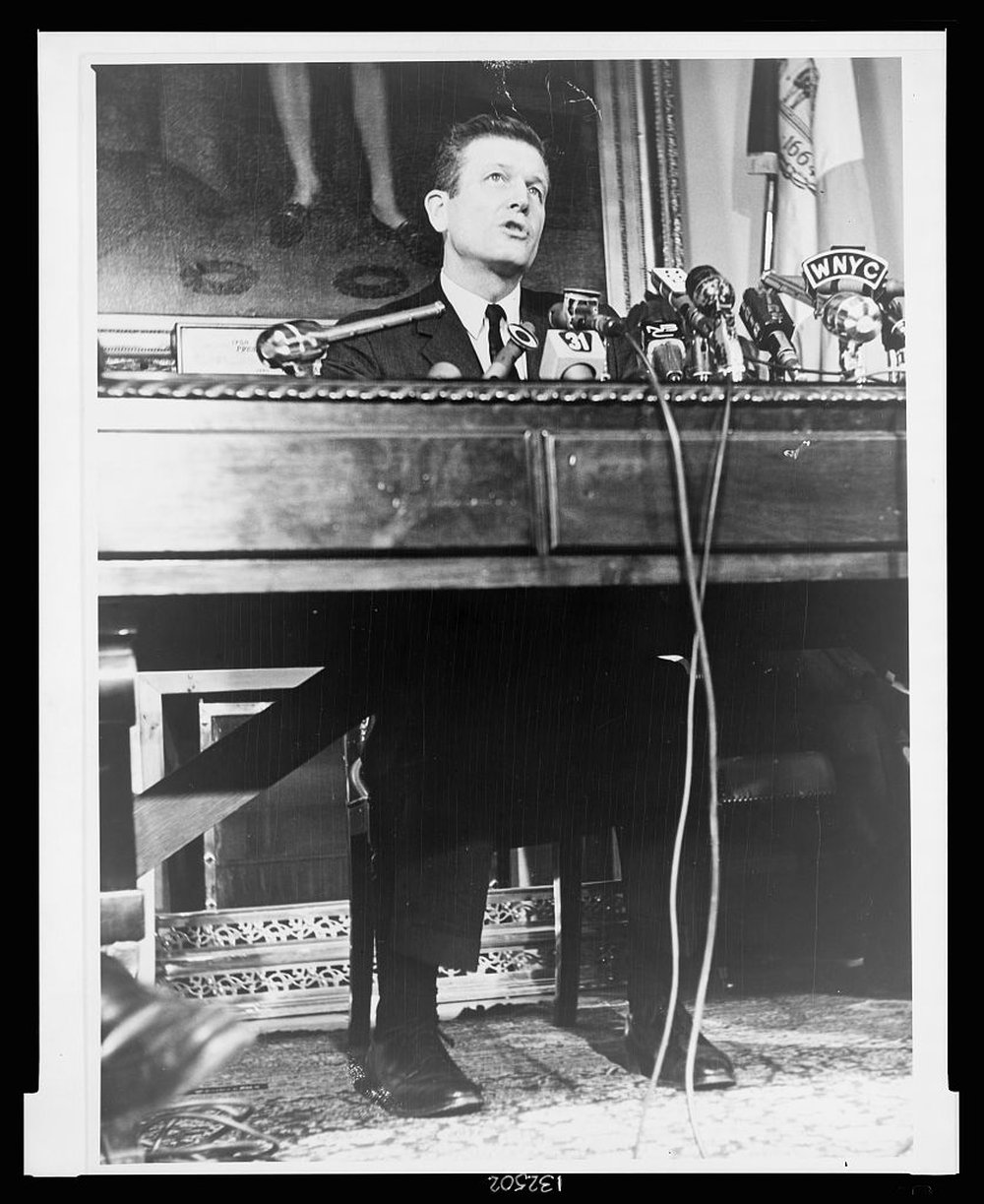
Few mayors embodied both the glamour and the grit of New York like John V. Lindsay. Elected in 1965, he arrived with charisma and promise, only to find himself governing through some of the city’s most combustible years. Republican Lindsay styled himself as a reformer and modernizer, bringing youthful energy and a progressive vision to City Hall. And on the national stage, he gained prominence as a member of President Lyndon B. Johnson’s Kerner Commission, which in 1968 delivered a landmark report on the causes of urban unrest, concluding that America was moving toward “two societies, one black, one white—separate and unequal.”
But Lindsay’s mayoralty was anything but smooth. “Only a short time ago, it had looked as if Lindsay could charm the whole city, which is about as charmproof as any in the world,” noted TIME Magazine, adding “now the whole community seemed to have turned against him.” Just days into his tenure, a bitter transit strike shut down the city, setting the tone for a series of bruising labor showdowns—including the infamous 1968 sanitation strike that left mountains of garbage rotting on sidewalks.
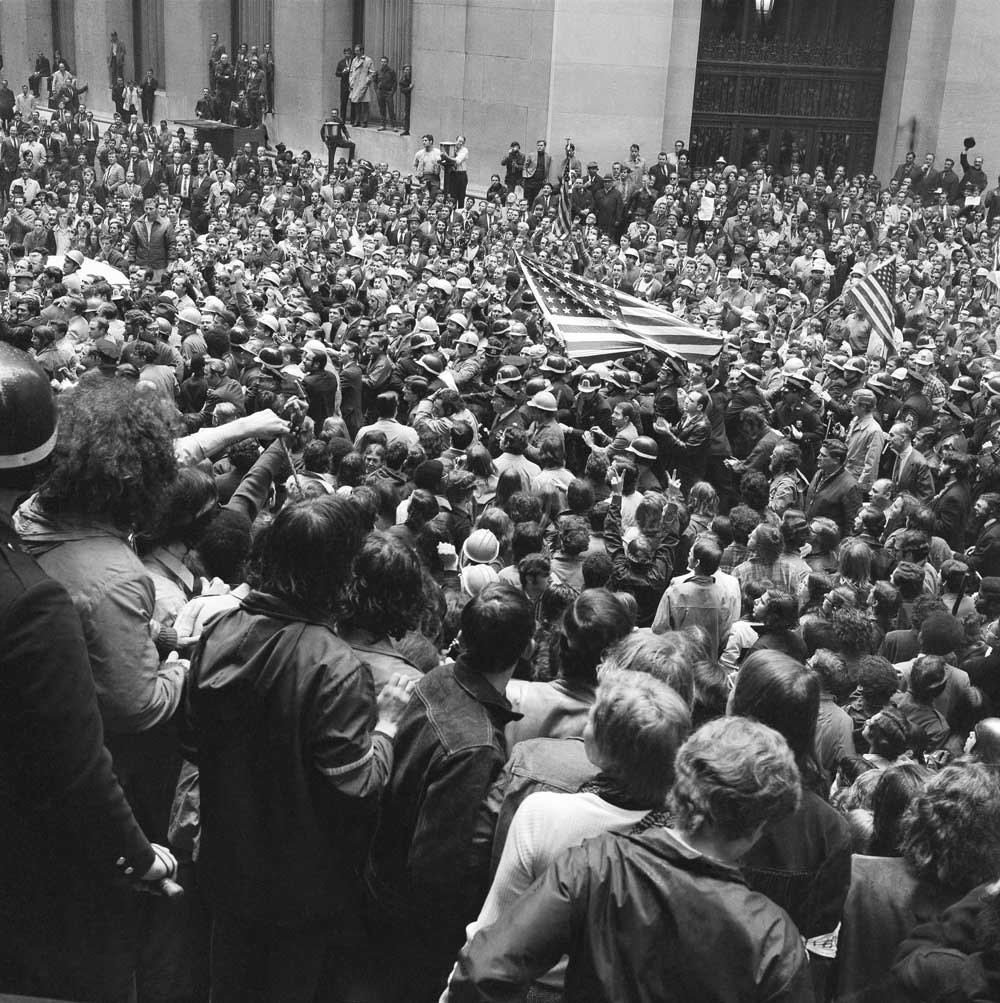
And in May 1970, the so-called “Hard Hat Riot” erupted—a violent clash when construction workers, angered by anti-war protesters following the U.S. invasion of Cambodia and the shootings at Kent State, attacked demonstrators near Wall Street and City Hall. Dozens of people were injured as helmeted workers wielded pipes and wrenches against largely unarmed students and office workers. Lindsay’s decision to side publicly with the anti-war protesters—ordering flags on city buildings lowered to half-staff in memory of the slain students—alienated powerful unions and much of the city’s white ethnic working class. The episode not only exposed the widening rift between blue-collar Democrats and liberal Republicans like Lindsay, but also marked a turning point in New York politics. These photographs trace Lindsay’s complex legacy—his charisma, his struggles, and his efforts to hold together a city in upheaval.


